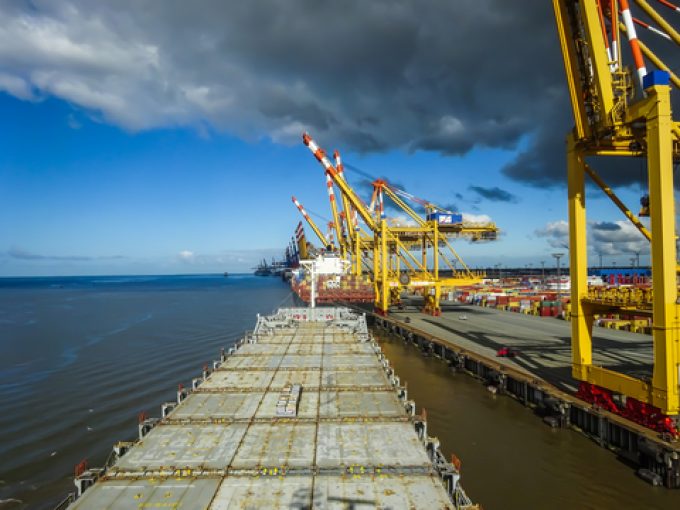
Photo 114782479 © Oana Ungureanu | Dreamstime.com
It was just over a month ago that shippers began to realize that a significant disruption was in the Asia-Northern Europe trade route – a sudden increase in demand led to tight space, combined with the start of growth in fast spot rates.
However, it also appears to have caught shippers by surprise, as data from liner database eeSea shows capacity reductions in the April trade amounted to almost 25% of previously advertised capacity.
In total, about 1.68 million teu of capacity should have been made available to carriers, according to schedules published by carriers, while only 1.29 million teu sailed, leaving carriers with a shortfall of 397,000 teu – the equivalent of about 200,000 40ft containers. cruises, launches delayed arrivals.
In terms of sailings, 128 container ships arrived in Northern Europe during April against the advertised 169.
As spot freight rates in the trade continued to rise this month, carriers, defying claims that empty sailings have distorted the supply-demand balance, increased capacity and almost made up half of April’s shortfall.
Against an expected proforma capacity of 1,599,000 teu, carriers offered – barring any new disruptive events over the next two days – 1,477,000 teu of capacity on 149 sailings, compared with 160 advertised.
However, eeSea’s head of operations and forecasting, Destine Ozuygur warned that there may be other factors influencing shipping operators’ deployment strategies beyond catering to their customers.
“It’s a bit contrary to what people might expect to see, given their unfavorable view of market-manipulating operators. We’re actually seeing a decrease in the overall number of lost cruises, but there’s certainly more to discuss under the hood,” she said. Loadstarand explained that the drop in voids and releases may also be due to “suspension of one or two services that maintained a steady flow of voids in previous months, continued Red Sea issues have caused carriers to take business elsewhere other or to reduce the size”.
She said another factor was that “the recent injection of new capacity on some services is not necessarily to keep up with carrier demand, but more to offset the increased transit time beyond the Cape of Good Hope”.
And she noted the more fundamental issue of the operators’ profit potential: “My understanding is that the high rates in the Asia-Europe trade are strongly linked to risk surcharges, increased transit costs and congestion factors – if they are already reaping the benefits of these politically charged high fees, would it really make sense for them to pull additional cards from the market?”
eeSea’s current projection for June, with announced gaps included, calls for 1.54m teu of capacity against a pro forma 1.61m teu, although Ms Ozuygur warned this could change at short notice.
“That means we’ve seen 10 vacancies in May compared to 28 in April, and we expect a slight increase in that so far in June.
“I would say take the second half of June and July with a grain of salt because the volatility of the world stage has made it necessary for carriers to become more adept at navigating changes to their schedules in the short term.
“The numbers are not static, and we often see gaps announced in short weeks or being canceled at the last minute on existing cruises – it’s not an everyday occurrence, but it’s certainly more common than it used to be, especially on this trade. ,” she said Loadstar.

